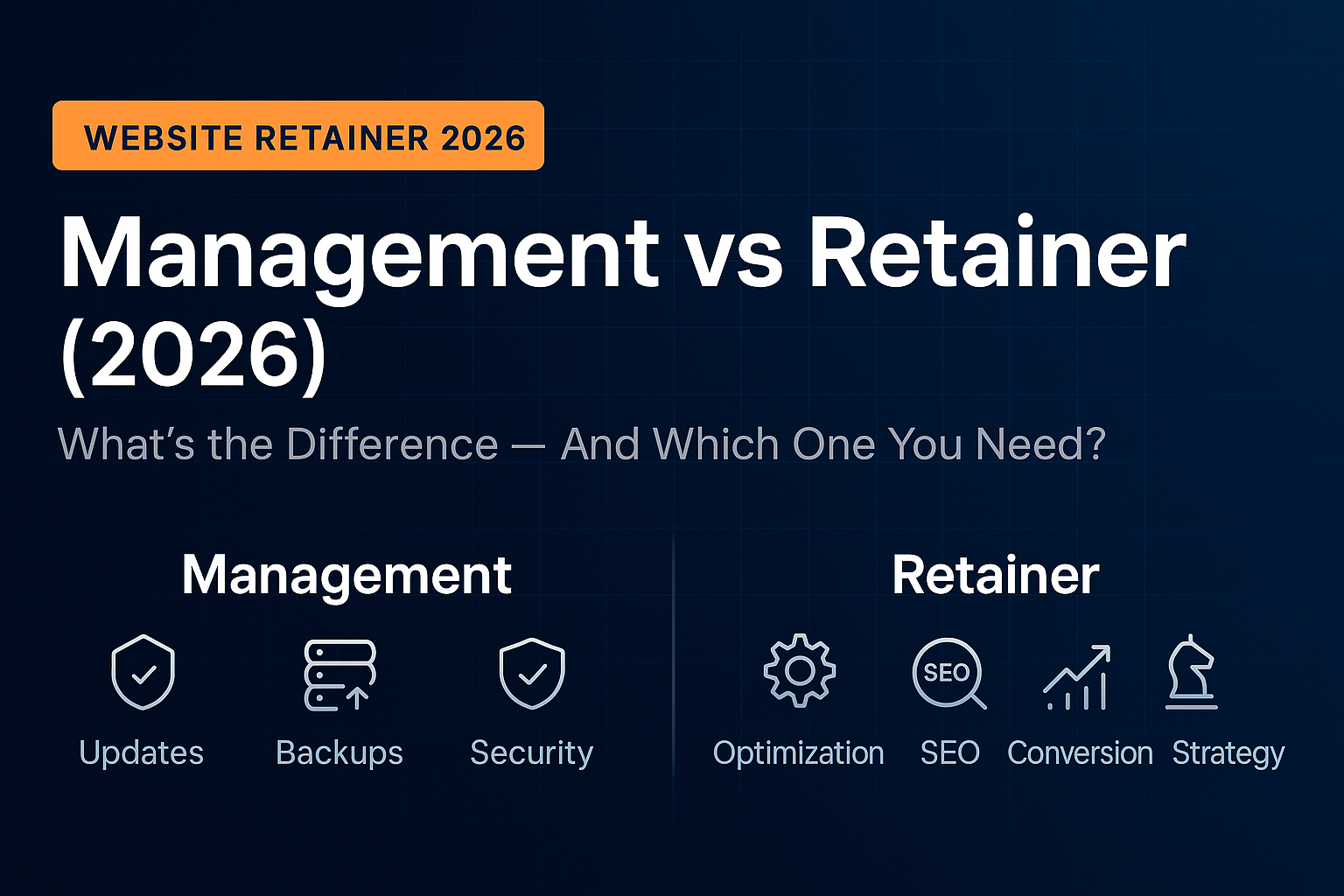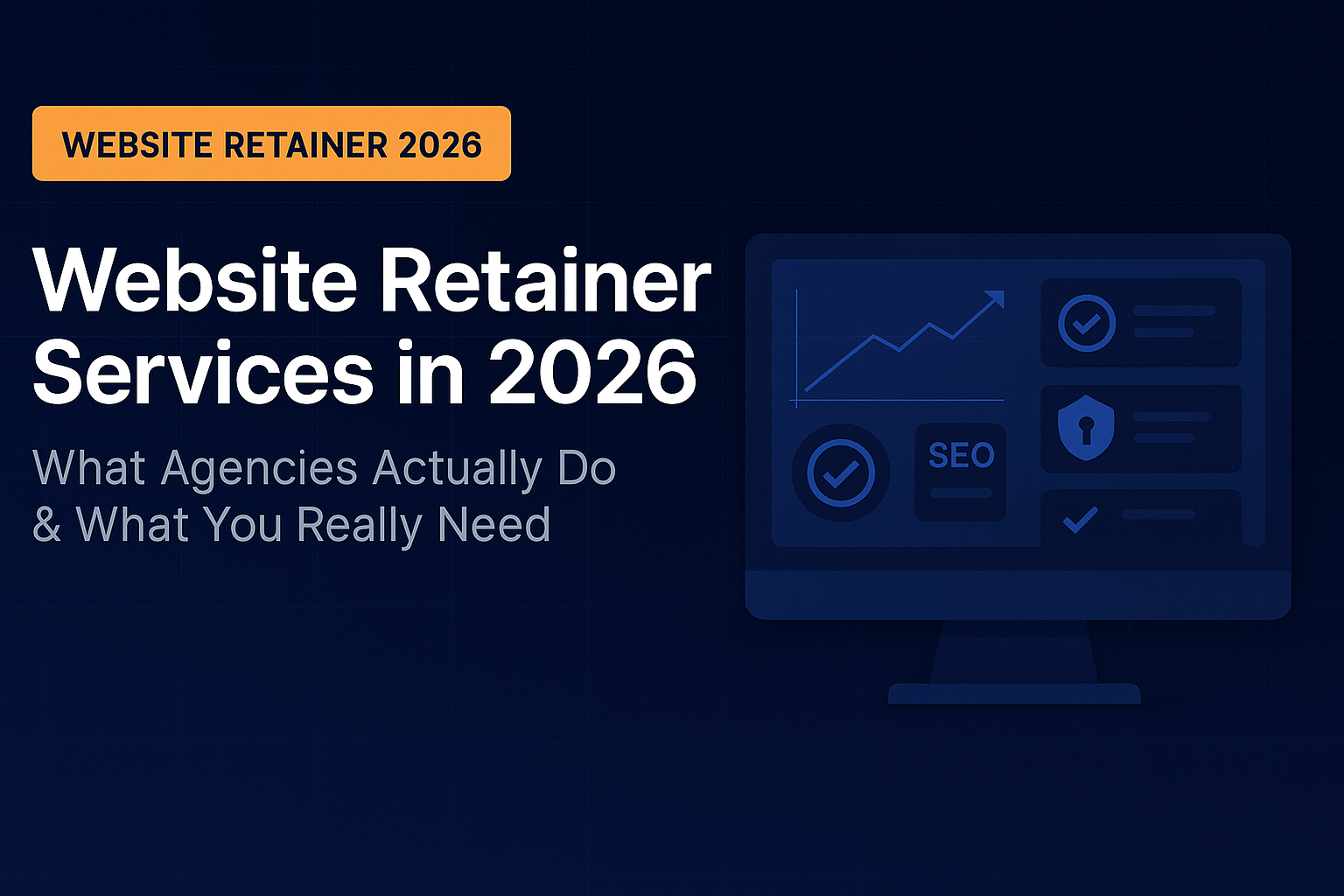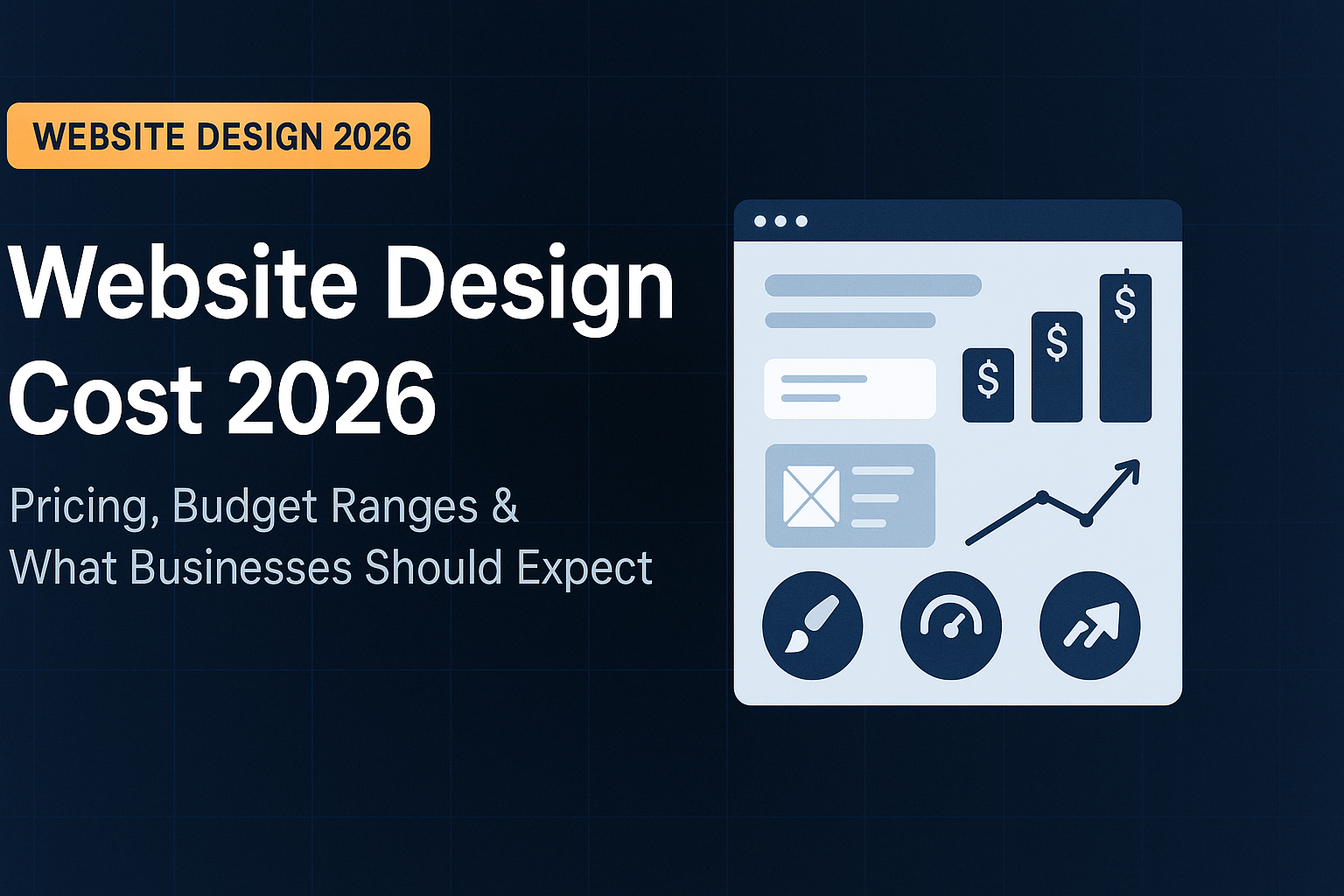Remember the old SEO mantra? “If you’re not on page one, you don’t exist.”
Well… welcome to the upgrade:
If you’re not in the AI Overview, you’re not even in the conversation.
AI Overviews don’t waste time dumping results. They cut through the noise, pull the juiciest insights, and wrap them into a neat little summary—sprinkled with shoutouts to the sources they trust most.
And here’s the kicker: people click those.
SEMrush data shows that AI Overviews appeared in 6.49% of Google queries in January, jumped to 7.64% in February (an 18% increase), and surged to 13.14% in March — a staggering 72% month-over-month growth. For businesses, this shift means SEO strategies must adapt to a search landscape where AI summaries, not just blue links, can determine visibility.
The “Invisible to AI” Problem (and Why It’s Costing You Money)
Being invisible to AI doesn’t just mean fewer clicks. It means fewer brand impressions, fewer shares, fewer mentions — all the small touches that build authority over time.
Think about it:
- Your competitor gets cited in a Gemini AI Overview.
- Thousands of people see their name — before they even scroll.
- You? Not even a footnote.
This isn’t about bragging rights. It’s about authority, trust, and — let’s be blunt — revenue.
The First-Mover Advantage: Be the Brand That AI Loves First
Every time search changes, there’s a gold rush.
In the early 2000s, it was domain names.
In 2010, it was mobile optimization.
In 2024, it’s Generative Engine Optimization (GEO).
If you optimize now, you can own that AI real estate before it becomes saturated.
Think of it as building your store in the best mall location — before rent triples and the waiting list gets long.
What Actually Gets You Into AI Overviews
This is where most brands get it wrong. They think it’s about stuffing keywords. Nope. AI doesn’t care about “keyword density.” AI cares about context, credibility, and clarity.
Here’s the breakdown:
1. Answer First, Explain Later
AI loves content that gets to the point fast.
Example:
Instead of:
“In today’s fast-paced digital economy, brands must think strategically…”
Say:
“To get into AI Overviews, make your content scannable, fact-rich, and easy for algorithms to parse.”
2. Structure Like a Pro
- H2s and H3s for subtopics
- Bullet points for clarity
- Schema markup for machines
AI is a speed reader. Make its life easier.
3. Be the Data Source
AI trusts content backed by reputable stats.
Example: cite local data, industry reports, or original research.
According to Pew Research, 58% of Americans have used AI tools — and that number’s only going up.
Strategic Positioning: How to Be the Belle of the AI Ball
AI curators — yes, they’re real — pull from trusted sites, industry leaders, and consistently high-value content.
Want to be chosen?
- Publish original studies (even small ones)
- Offer unique angles nobody else is covering
- Build mentions and backlinks from authoritative sites in your niche
Content That Makes AI Swipe Right
Think of AI like Tinder. You want it to “swipe right” on your content every time it’s picking sources.
What AI looks for:
- Relevant, clear language
- Evidence-backed claims
- Multi-format content (text, images, videos, infographics)
- Fresh updates (AI loves recency)
Tactical Moves to Sneak Into AI Overviews
Here’s the fun part — the stuff most brands won’t bother to do.
Press Releases That AI Can Read Without Yawning
Write them like you’re talking to a human. Keep them clear, short, and keyword-optimized for your industry.
Case Studies That Prove Something
Don’t just say, “We improved sales.” Show the before-and-after metrics. AI curators love verifiable data.
Perfectly Timed Announcements
Drop them during big industry events or trending moments in your niche. Bonus: piggyback on hashtags and news coverage.
How NOT to Botch Your AI Overview Shot
You’d be surprised how often brands sabotage themselves:
- Overpromising and underdelivering (kills credibility)
- Technical blunders like broken schema or missing meta data
- Looking generic — if your content sounds like everyone else’s, AI has no reason to pick you
The AI Overview Calendar: Your 30-Day Starter Plan
| Day | Task | Goal |
| 1-3 | Audit current content for clarity, structure, and AI readability | Identify gaps |
| 4-7 | Update 5 existing blog posts with stats, schema, and fresh intros | Boost AI trust |
| 8-10 | Create one original mini-research report | Be the source |
| 11-15 | Publish 2 case studies with hard numbers | Show proof |
| 16-20 | Write AI-friendly press release timed with industry news | Increase visibility |
| 21-25 | Build 5 new internal + external backlinks | Authority boost |
| 26-30 | Repurpose top content into infographic + short video | Multi-format appeal |
AI Overviews aren’t a future threat—they’re here, reshaping how industries are discovered online. Some sectors are already leading the charge, commanding attention and setting the standard. Others risk being left in the digital shadows. From retail to healthcare, finance to travel, the question isn’t if AI will change the game—it’s whether your brand will be on the scoreboard.
Let’s examine the industries where AI Overviews are making waves and see what lessons can be drawn for anyone who wants to stay relevant in 2025 and beyond.
1. E-commerce & Retail
- AI Overviews can aggregate multiple product listings into a quick “best options” carousel, meaning fewer clicks to individual store sites unless your content is directly pulled in.
- Example: “best budget running shoes” query now returns an AI summary with top product picks, reducing the need for shoppers to click through to retailer blogs.
2. Travel & Hospitality
- AI Overviews can pull itinerary suggestions, hotel rankings, and local tips into a concise panel, reducing organic traffic to travel blogs and booking sites.
- Example: “3-day Paris itinerary” triggers an AI Overview pulling info from several travel blogs into a single plan.
3. Healthcare & Wellness
- Health-related queries may be summarized with quick medical advice and recommendations, often citing high-authority sites, making SEO for smaller health publishers more challenging.
- Example: “symptoms of vitamin D deficiency” could be fully answered in the AI panel, limiting click-through.
4. Finance & Investing
- AI Overviews can combine market trends, stock analysis, and budgeting tips—especially useful for “how to” and comparison searches.
- Example: “best high-yield savings accounts” query summarized into top 5 picks with APRs, without the user leaving the SERP.
5. Food & Recipes
- Recipe steps and ingredient lists can be summarized directly in search, cutting traffic to food blogs unless your recipe is chosen for the AI panel.
- Example: “easy chicken curry recipe” could display the full cooking method in the Overview.
6. B2B SaaS & Tech
- AI Overviews are increasingly surfacing for queries about software features, integrations, and pricing.
- Example: “best CRM for small business” shows a condensed comparison of top providers, often replacing traditional listicle click-throughs.
Final Word: This Is the New Search Game
AI Overviews are not a “maybe” anymore — they’re the new gatekeepers.
By 2027, LLM-powered search is expected to match traditional search in business value).
You can either start adapting now…
…or spend the next few years wondering why your traffic graph looks like a ski slope.
Be early. Be seen. Be the brand AI can’t resist.





